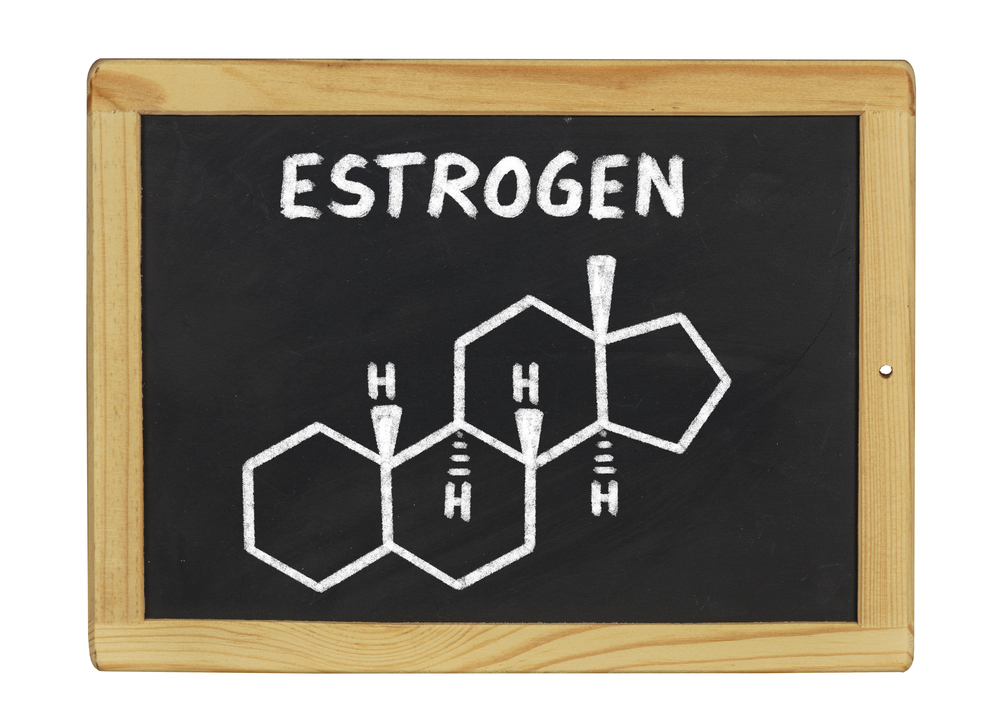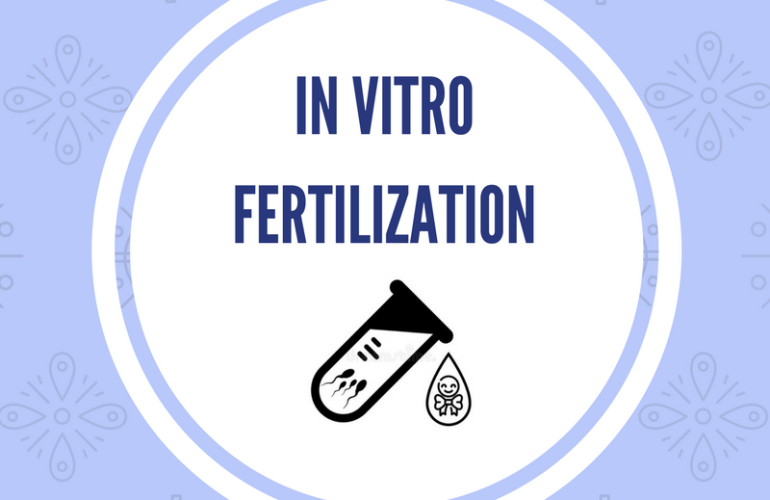Understanding Estradiol and Its Role in Fertility Treatments
Estradiol, a type of estrogen, plays a crucial role in the female reproductive system and is instrumental in fertility treatments. Let’s explore what this hormone is, its functions in the body, how it is prescribed during the patient’s fertility journey, and its role in fertility treatments.
What is Estradiol?
Estradiol is a hormone that belongs to the estrogen group, primarily produced in the ovaries in women. It is the most potent form of estrogen and plays a key role in the menstrual cycle and reproductive function.
Functions of Estradiol:
- Regulation of the Menstrual Cycle: Estradiol helps regulate the menstrual cycle by promoting the growth of the uterine lining (endometrium) during the first half of the cycle.
- Development of Secondary Sexual Characteristics: The hormone is responsible for the development of secondary sexual characteristics in women, such as breast development and widening of the hips, during puberty.
- Bone Health: The hormone helps maintain bone density and plays a role in bone growth and remodeling.
- Reproductive Function: This hormone is essential for follicle development in the ovaries, ovulation, and the maintenance of pregnancy.
Estradiol in Fertility Treatments:
Estradiol is used in fertility treatments to help support the growth and development of the uterine lining and promote successful embryo implantation.
How is Estradiol Prescribed During the Patient’s Fertility Journey?
- Ovarian Stimulation: In assisted reproductive technologies such as in vitro fertilization (IVF), estradiol levels are monitored and supplemented as needed to ensure optimal follicle development and maturation. Thus, the hormone may be prescribed in the form of oral tablets, patches, or injections.
- Frozen Embryo Transfer (FET): In FET cycles, estradiol is used to prepare the uterine lining for embryo transfer. Patients may be prescribed this hormone in the form of oral tablets, patches, or vaginal suppositories to help thicken the endometrium and create a more receptive environment for embryo implantation.
- Luteal Phase Support: After embryo transfer, the hormonal supplementation may continue along with progesterone to support the early stages of pregnancy until the placenta takes over hormone production. The hormone may be prescribed in the form of oral tablets or patches.
- Hormone Replacement Therapy (HRT): Estradiol is also used in HRT for women undergoing menopause or experiencing hormonal imbalances. In these cases, the hormone helps alleviate symptoms such as hot flashes, vaginal dryness, and mood changes. The hormone may be prescribed in the form of oral tablets, patches, or vaginal creams.
Monitoring Estradiol Levels:
In fertility treatments, estradiol levels are monitored through blood tests to ensure they are within the optimal range for follicle development and endometrial thickness. Monitoring its levels helps fertility specialists adjust medication dosages as needed to support the treatment cycle’s success.
Conclusion:
Estradiol plays a vital role in the female reproductive system and is essential for fertility and pregnancy. In fertility treatments, the hormone is used to support the growth and development of the uterine lining, creating an optimal environment for embryo implantation. Understanding how it is prescribed during the patient’s fertility journey can help individuals undergoing fertility treatments feel more informed and empowered throughout their journey to conception.




